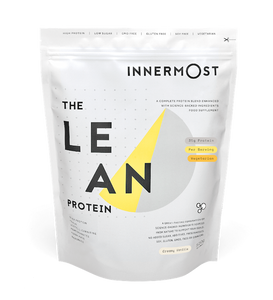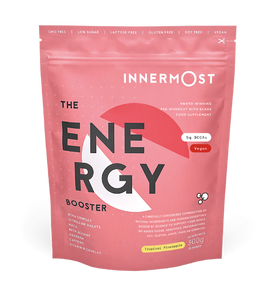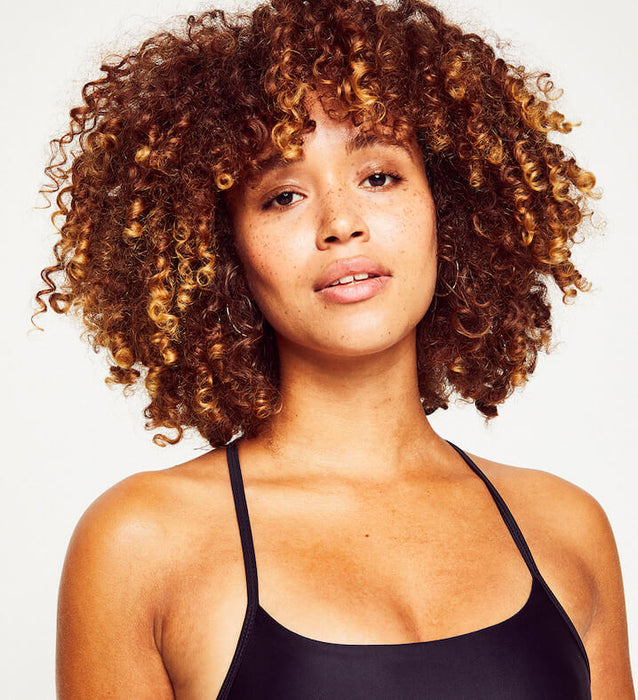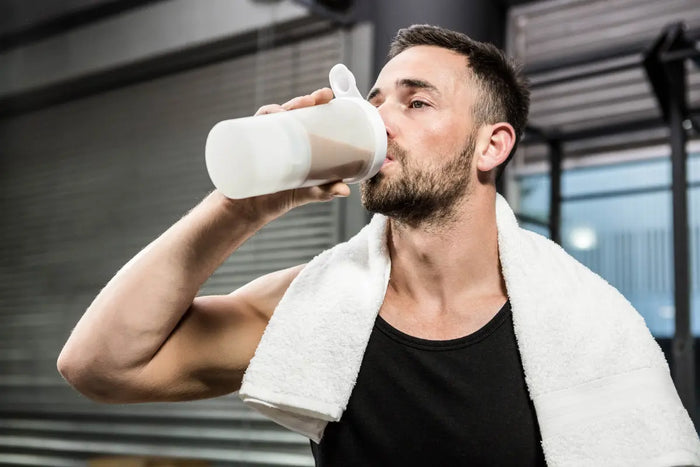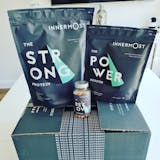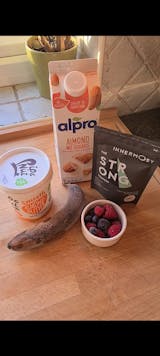Claire Fountain is a yoga teacher, fitness instructor, therapist and writer. With over 170,000 followers on Instagram, Claire’s unique approach to wellness that emphasises the connection between mind and body has gained her fans from all over the world. We recently caught up with her to find out about how she slows down and resets, how she spent lockdown, and how yoga can help us all.
Hi Claire! Can you tell our readers a bit about yourself and what you do?
Sure! I'm a yoga teacher, fitness instructor and therapist, and I'm all about focusing on mind-body integration. I've taught yoga for over a decade, and I've also done personal training. All that very physical stuff. But it's always been connected to the mental side of things.

This month we’ve been thinking about taking a step back, slowing down, and readjusting to the new normal. Why do you think it’s important to take a moment to pause every so often?
Especially now, there’s so much uncertainty and chaos. There’s so many triggers for previous traumatic experiences. So I think resetting and giving ourselves a moment is the highest form of self-care. Not only does being present and resting and resetting feel good in the moment, but it also helps us long-term, allowing us to stop firing all those stress hormones constantly.
How do you personally unwind and reset after a busy day or week? Do you have any tips for us?
Solitude and silence! I’m more on the introverted side. Anyone who has Zoom fatigue these days knows - it’s important to step away from technology and get back into nature if you can. If you can do any sort of grounding that’s great. Anything I can do to come back to my body and be present.
So how did you get started with yoga?
I started in high school - I knew it was something that could help me. I had a lot of stress as a teenager and I was quite depressed. I got into it as this thing that could possibly help me feel better. You don’t always want to be there but you show up anyway. It’s truly a discipline. After having quite an intense practice in college, I started teaching in 2009 and worked with a bunch of athletes and musicians. I wanted to break down stigmas and show that yoga doesn’t have to look one way or be targeted to one audience. It’s open to everybody. Wear what you want to wear, listen to the music you want to listen to, and just come as you are.
What is it about yoga that inspires you?
It teaches us lessons that go beyond just a physical practice. The physical practice is just one limb of yoga. It teaches you that you exist beyond your body and that your body is just this vessel that helps you move through the world. It brings an incredible sense of being present and being back in our bodies.
How have you found the past few months? Did yoga help you at all, and how did you try and stay healthy, mentally and physically?
It’s been such an interesting ride. At first it was overwhelming. My body definitely responded and was like: you have to chill a bit. The body will tell you when it’s not happy, right? Breathing exercises have also helped and it’s something I’ve really had to return to. It also just reignited the need for constant movement.
Yoga really gained popularity over lockdown. Why do you think it resonated with people so much at this time?
You can do it anytime, anywhere. You don’t need fancy equipment. Lockdown showed that yoga is actually so accessible, even if it hasn’t always looked that way. Also, we need a sense of consistency and predictability in our lives. So if you give yourself 20 minutes every Tuesday at 5pm to practise, you give yourself that predictability and security. Most importantly, it's created a sense of community. I started doing a live virtual class, and you end up with a great group of people who come every week and talk to each other and connect.
The yoga world has also expanded a lot recently on social media. What’s your relationship like with social media, and what do you think of the yoga space within it?
I was kind of on the first wave of Instagram yoga in 2013/2014. It was such a different place back then. But I flowed in and out (no pun intended) of being in the Instagram yoga world because it became so performative. It was all about beautiful, expensive clothing and really intense contortion levels. But for me, yoga isn’t about perfect poses, it’s an entire practice. On one hand, it was problematic for a while because I thought people would think it wasn’t accessible. But now there's so much more representation on social media, and so many individuals and communities doing yoga in their own way. I just want everyone to know that everybody is welcome to practise. We just need more visual representation online.
There’s definitely some misconceptions out there about yoga still. What do you wish people knew?
Just because we don’t see it doesn’t mean it’s not possible. Everyone should know they’re welcome as they are. Make it your own. You have the right to take up space and enjoy the practice. You can reap all the benefits that yoga can give you and your body as you are.
What's your proudest achievement with your yoga? Where has it taken you?
It's enabled me to connect with people around the world. As a professional helper, I’m touched that people trust me with their stories and their practice. It’s an honour.
Do you have any current goals, fitness or otherwise?
I had to completely rewrite my business plan the other day! I’ll be doing more stuff online that people can consume at their own pace, but also doing more of the mindfulness and mental health component of it. And using yoga as a tool for that. Things might get worse before they get better, but I have faith that people have the ability to care for themselves and each other.
Have you read, watched or listened to anything lately that’s inspired you?
I love anything Bell Hooks writes. Her books, All About Love: New Visions and The Will to Change: Men, Masculinity and Love. Those have been great to revisit. Also Love and Rage: The Path of Liberation through Anger by Lama Rod Owens.
Best advice you’ve received?
I went back to my own therapy recently. My therapist said: "You have a choice. You have the ability make decisions that work the best for you." I think sometimes we forget that when we’re in positions of serving others or helping others. We have the choice to decide what works for us. And that sounds so simplistic, but we do forget.
Advice you’d give?
Get back to being good to yourself.

Who or what motivates you and why?
Honestly, the people who follow me. But also hope and optimism. As someone who didn’t feel good for a lot of my life, it’s important to know there is hope and healing.
To see more from Claire, don't forget to follow her @cbquality, or find her at iamtrillyoga.com.

